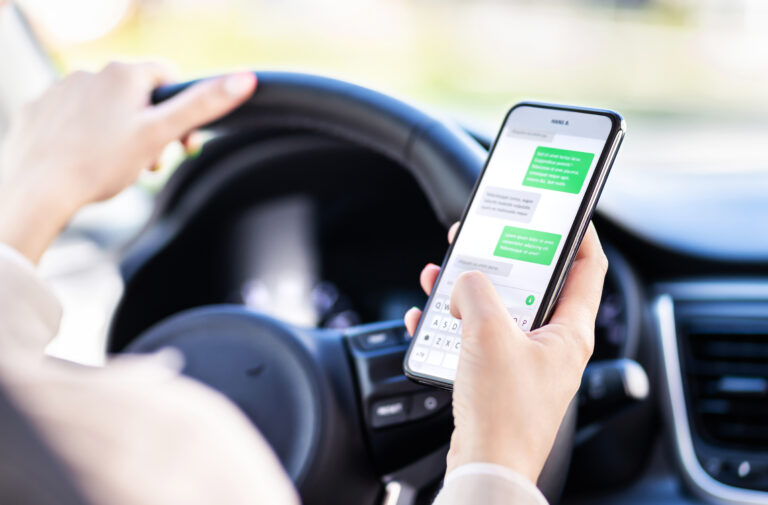Knowing the dangers and causes of drowsy driving is key for students and young adults to take the risks seriously.
Driving while fatigued is a serious issue that poses significant risks to road safety. Understanding the dangers, causes, and methods of prevention can help reduce vehicle crashes and save lives.
The Dangers of Drowsy Driving
Drowsy driving is dangerous and can cause crashes. Fatigue reduces reaction times, impairs decision-making, and diminishes focus, significantly increasing the likelihood of a crash. Research from the National Highway Traffic Safety Administration (NHTSA) reveals that drowsy driving is responsible for thousands of crashes, injuries, and fatalities each year. The dangers of drowsy driving can be immense.
Causes of Drowsy Driving
There are numerous reasons why someone might drive while fatigued. A lack of adequate sleep is one of the most common causes, but irregular work schedules or shift work can also contribute. Sleep disorders, such as sleep apnea or insomnia, frequently lead to chronic fatigue and put drivers at greater risk. Long-distance trips without sufficient breaks and the use of medications with sedative effects are additional factors that lead to drowsy driving.
Signs and Symptoms of Drowsy Driving
Recognizing when you’re too tired to drive is essential for safety. Knowing the signs and symptoms of drowsy driving can help prevent a crash. Frequent yawning or blinking are common early signs, as is struggling to keep your eyes open or your head upright. Missing exits, drifting out of your lane, or having difficulty maintaining focus are clear indications that it’s time to pull over. Drivers who feel restless or irritable may also be experiencing the early effects of fatigue.
Prevention Tips for Drowsy Driving
Prevention tips for drowsy driving are important. Stopping drowsy driving starts with prioritizing sleep. Drivers should aim for seven to nine hours of rest each night to ensure they are fully alert when driving. Planning ahead is equally important; taking regular breaks every two hours or 100 miles during long trips can help maintain focus. Avoiding medications that induce drowsiness is critical, as they exacerbate fatigue. Traveling with a companion is another helpful strategy, as they can monitor your alertness and take over driving if needed. While caffeine is not a replacement for rest, it can provide a temporary boost in alertness during short periods of fatigue.
A safe driving education program can use tools like Fatal Vision Drowsy & Distracted Driving Goggle Kits or driving simulations like the Roadster Pedal Kart or SIDNE Vehicle to teach about the dangers of drowsy driving. These tools provide a safe, hands-on learning experience for drivers. The Drowsy & Distracted Goggles have a Drowsy mode that simulates momentary micro-sleeps that build in waves until the eyes and brain shut down. The goggles black out beginning with a short half-second closure and continuing to black out for longer periods, progressing to 10-seconds.
Consequences of Drowsy Driving
Drowsy driving education should include conveying the potentially severe consequences of drowsy driving. Crashes caused by fatigue can lead to property damage, serious injuries, or even fatalities. Sharing statistics and real-world stories from people affected by drowsy driving can be an impactful way to educate drivers and show realistic consequences.
By informing students about the risks and taking proactive measures to prevent drowsy driving, educators can help drivers contribute to safer roads. If you are interested in starting or enhancing your drowsy driving prevention program, we’re here to help. Check out our Drowsy & Distracted Driving products, blog posts about Drowsy and Distracted Driving, or reach out to our team of experts for questions and guidance.






